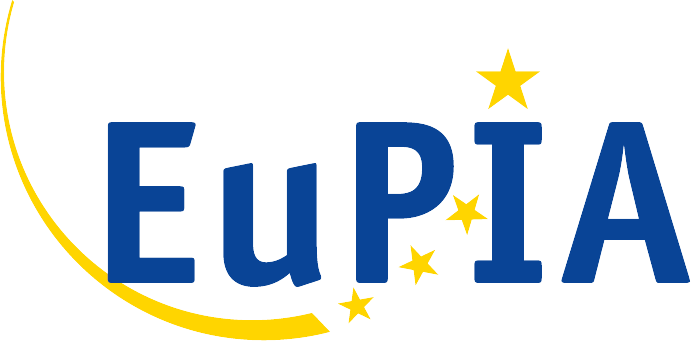The German Paint and Printing Ink Association VdL commissioned a study investigating the migration of nanoscale pigment particles from printing ink layers of printed food packaging into food. Following the wide range of analytical methods used in this study, no migration of nanoscale pigment particles could be detected from ink layers of printed food packaging into food. Therefore exposure of consumers to nanoparticles from the dried and cured ink layers may be excluded.
In this follow-up study commissioned by the German Paint and Printing Ink Association (VdL) the migration behavior of nanoscale pigment particles from printing ink layers that are in transient (i.e. short-time) direct contact with the food were investigated. The results demonstrate that a migration of nanoscale pigment particles from printing ink films that are in short-term direct contact with food can be excluded.
On 6th May 2021, the European Food Safety Authority (EFSA) provided an updated safety assessment of the food additive titanium dioxide (E 171). Members of EuPIA do not use titanium dioxide as a food additive, but only as a white pigment in printing inks for food contact applications. The EFSA opinion therefore does not affect the legal status of the use of titanium dioxide in printing inks for food contact materials. This statement explains that titanium dioxide can continue to be safely used in printing inks for food contact applications, without risk for the consumer.

